Castle and fort: from antiquity to the First World War
In the Middle Ages, civilization had to largely “invent a bicycle”, but what was invented was in its own way quite good. These are mott and bailey castles - a special type of medieval castles, which were palisaded courtyards: one on a hill, the other, usually next to it.
Such castles were very common in France in the XI - XII centuries, and after the Normans conquered England in 1066 year, also on its territory - in Wales, England and Scotland. The word "motte" is French and means "hill", and "bailey" - English - "courtyard of the castle." Mott itself was an artificial (or natural) hill from the ground, and the height of the embankment could vary from 5 to 10 and more than meters. The surface of the “hill” was often covered with clay, or even wooden flooring, to make it harder to climb. The diameter of the hill was at least twice the height.
At the top of such a hill they built a wooden, and later a stone, tower, which served as a home for the castle owner, and surrounded it with a palisade. There was also a water or dry moat around the hill, from the ground of which the embankment was formed. It was possible to get into the tower by means of a wooden bridge and a staircase arranged on the hillside.
Bailey was a large courtyard with an area of no more than 2 hectares, usually adjacent to a motta, where there were various residential and household buildings - warrior dwellings, stables, a blacksmith shop, warehouses, a kitchen, etc. the palisade itself could stand on an earthen wall.
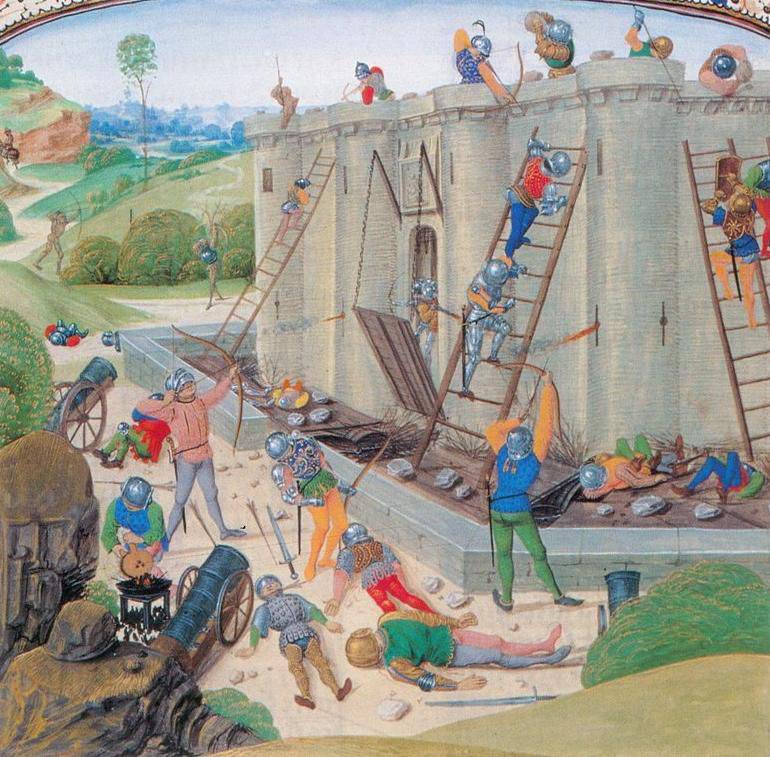
Motte at the then military technology was difficult to take by storm. The ram was simply nowhere to put. There were no missile cars yet, and only a suicide could climb a steep slope for an assault. Even if the bailey was taken, it was possible to sit out in the castle on the top of the hill. There was only one problem - the fire hazard of such a castle in extreme heat, when the palisade tree dried out and there were problems with water from the well in order to water it regularly!
That's why pretty soon the wood in such buildings was replaced with stone. Here are just artificial mounds replaced by a solid natural foundation, since the weight of such a stone tower, called donjon, was very, very significant. Now the castle looked like a courtyard with outbuildings, surrounded by a stone wall with several towers in the center of which stood the donjon itself - a huge square stone tower!
By the way, what is the difference between a fort and a castle? There are many definitions of both, but there is not one that points to the exhaustive differences between them. There is a definition, the essence of which is that forts were usually built using earthen and wooden fortifications, and the castle was a stone structure, although, for example, the first English mott locks were high hills or mounds with logging piers installed on them . Wooden were the forts of the ancient Romans, in particular the fortifications on the border and around the city of Alesia, which became classics, as well as the forts of American soldiers in the prairies of North America, while the medieval castles began to be built only with stone. Well, the castles themselves over the centuries became more and more complex, but the modest fort remained mostly a wooden fence on an earth mound.
All this has changed with the advent of guns, which could cause serious damage to the stone walls and gates of locks, and from a decent distance. Old castles are outdated almost instantly, but it took something that could take their place. And here in the first place came the forts. Their earth mounds cannonballs were not terrible. Moreover, military engineers soon discovered that by combining land and stone, they could build forts that could withstand any artillery attack, and also dominate the terrain. Even when a new, more destructive artillery appeared, firing oblong shells, the forts did not become a thing of the past, but turned into even more complex engineering structures, protected from direct fire. Many forts had underground facilities for ammunition and soldiers, artillery casemates and "yards", inside which were whole batteries of heavy mortars, pre-shot in advance of the surrounding area of the fort. That is, the fort could crush the enemy with its fire, but the enemy did not!
The “golden age” of forts in Europe was the period between 1650 and 1750, with some of the forts of the First World War being built during this period (and later updated and rebuilt). The key factor for change was the introduction of an effective hinged light. System: glacis, ditch and rampart, provided protection from heavy siege weapons, field artillery and rifle fire did not provide protection against bombs flying along a steep trajectory. At first it was not a problem to worry too much because of it, since it was extremely difficult to transport heavy weapons to enemy fortresses with horse gear. For example, heavy mortars for the siege of Vicksburg had to be delivered by river. By the sea, heavy mortars were delivered to Sevastopol and ... the city fell, despite the fact that the number of guns of dividing fire had the advantage for the defenders!
By the year 1870, stone (or concrete) structures appeared everywhere on the forts. Some of the forts were equipped with underground chambers and passages along which their defenders could reach any point without being fooled by gunfire. However ... it should be noted that forts themselves were never a particularly pleasant place to live, even in peacetime. In addition, insanitary conditions often reigned in them: for example, many French forts did not have special sanitary facilities until 1917, and even later. Yes, but how can they ... surely the question of the annoying reader will immediately follow, and the answer will be: as it was generally accepted at that time in many Western countries. There were appropriate containers that were taken by horse transport from the forts and emptied in designated areas. Or simply an open urinal for soldiers and a descent for feces into the river could have been arranged there.
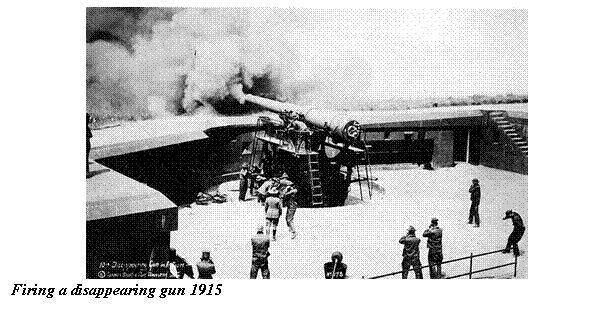
The development of more powerful guns and high-explosive shells in the last part of the XIXth century began to gradually change the forts. Guns whose barrels protruded beyond the parapet of the wall or through gun ports or embrasures had little chance of surviving the shelling, even if they did not get a direct hit. Therefore, more and more guns began to be installed on declining gun carriages. By raising a large counterweight, the gun was lowered and hid, and when the counterweight lowered, it rose and fired. But even declining guns were still vulnerable to mounted fire. Therefore, the idea was born to cover the tools of the forts with armored caps on top. True, there was a problem. There was a danger that a comparatively minor damage could jam this armored cap, and thus disable a completely serviceable weapon.
In some fortresses the guns were placed in huge steel towers, similar to the gun turrets of battleships. However, practice has shown that all of them are prone to seizure. Fewer guns can be placed in reinforced concrete casemates and fire through embrasures covered with armor shields. In some cases, the guns could be mounted on the rails so that they could be quickly moved into position, fired a shot and again sent to the shelter.
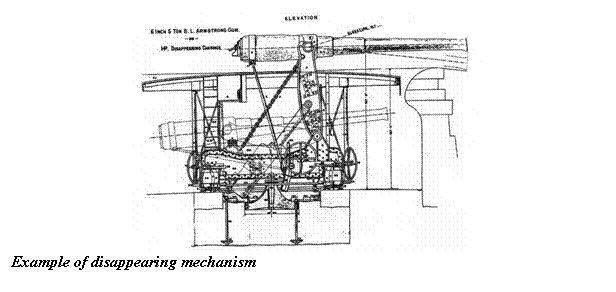
Increased power projectiles used by the besiegers, were opposed to materials such as steel and concrete. The stone facing of the shafts was replaced by concrete, and all other structures of the forts at the turn of the 19th - 20th centuries were also made of concrete. Machine guns were placed in special machine gun installations, built into the main concrete structures of the fort. Sometimes it was just a concrete ring in which two soldiers with a machine gun could be sitting on their heels. In other cases - these were prefabricated concrete or metal blocks of bunkers with embrasures in all directions and a hatch in the floor for urgent evacuation.
It is interesting that in Europe the attitude towards the forts was different and ambiguous. So, Britain was inclined to count on its Navy to protect its island from invasion. As a result, with the exception of some coastal fortifications and coastal batteries covering the approaches to the naval bases, the British did not have modern forts. Germany on the advice of Moltke preferred to build railways rather than forts. Therefore, in addition to Fort Tau Qin in China, Germany has all the existing forts designed to protect naval facilities. The US built a series of powerful coastal forts, armed with heavy mortars, whose shells were capable of striking the unprotected decks of enemy ships. Forts were built in a number of places of the Ottoman Empire, including on the approaches to Constantinople and at the entrance to the Dardanelles. Turkish forts usually lagged behind life and did not have any cover from the mounted fire.
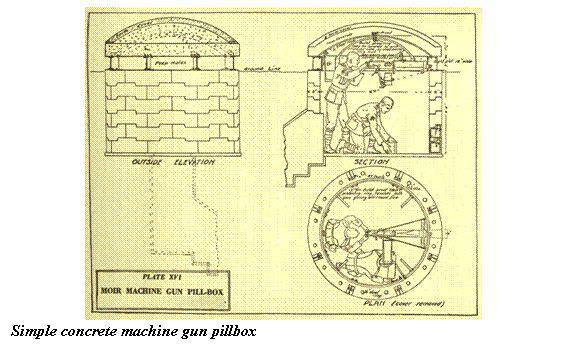
Nevertheless, the forts proved to be very effective against the united Anglo-French fleet during the Dardanelles operation and, first of all, because ... on board battleships firing at these forts there were no heavy mortars! On the other hand, the Turkish fortress Erzurum, defending the way to Western Armenia, had a garrison of over 15,000 soldiers and more than 300 artillery pieces. But despite this, in February 1916, after six days of intensive artillery shelling (“Big Bert” was not needed!) And infantry attacks, it was taken by Russian troops.
Russian story knows many sieges and stubborn defense, but at the end of the XIX - beginning of the XX century it was, of course, Sevastopol and Port Arthur. Destruction of the forts, protecting Port Arthur by Japanese heavy mortars, one might say, was a sort of hint at the fate of the fortresses in Europe after some ten years. But for some reason, many officers at that time were inclined to view the Russo-Japanese war as a kind of “weirdness”, “not our kind of war,” as one British officer who returned from the theater of operations said. However, the Russian fortresses on the western border played a very important role in World War I, proving, by the way, that neither heavy weapons, nor even poisonous gas, do not play a decisive role in the storming of the fortress!
As for the Italians and Austrians, they established a number of fortresses on the Trentino plateau. The two lines of the forts were approximately 12 miles apart and were called the “Alpine barrier”. Both Italian and Austrian forts were very similar in construction: concrete foundations, on which huge cannons were installed under cast armored domes. The latter had to withstand a direct hit from such a “big gun” as the Škoda 305-mm howitzer, which were regarded as “fortress killer”. As it turned out, they could not stand them ...
In March, 1916, the Austrovergerists, to punish Italy for giving up their contractual obligations to the Tripartite Union, launched an offensive in the area. The battle lasted three months, but the maximum penetration of enemy forces into Italian territory was only about 12 miles. Seven Italian forts played an important role in repelling this attack, and although five of them were destroyed during the fighting (one 305mm projectile passed, for example, through a concrete ceiling and exploded inside), the Italians were very grateful to them, since they were not suffer them then a complete defeat!
France was a country of fortresses built there for many centuries. The belt of the forts along the border between France and Belgium was built by engineer Vauban. By 1914, modern French forts appeared along the border with Germany and Belgium. Forts on the border with Germany were built to support each other with crossfire. That is, they were built on the so-called cluster system. So, the cluster around Verdun consisted of 20 large and 40 small forts and had to serve as a shield to Paris. Not surprisingly, in 1916, it was these forts that were subjected to a massive attack by the German army. At the end of the battle, both sides lost more than 400 000 people, which may have provoked insurrection in the French army in 1917 year. The battle of the Somme was largely begun only to divert the forces of the Germans from Verdun. As a result, the battle of Verdun lasted ten months, but ... the French still survived! But the French forts on the border with Belgium were abandoned, since all resources were sent to the German border. When the German army moved through Belgium, these forts could not offer any meaningful resistance. One fort, for example, had a garrison of only fourteen soldiers!
Belgium responded to the success of the Prussian invasion of France in 1870, and managed to design and build a number of fortresses. These activities were completed in 1890. The Belgian strategy was not to build on borders, but instead create rings of forts around the most strategic cities, such as Liege, which was “ringed” by twelve new forts, and Namur by nine. Antwerp was already fortified: its forts were built to counter the French threat in 1859. They not only defended their cities, but also blocked the routes of the invading army, which could not go farther, leaving them in the rear, as they threatened his communications. Considering that Belgium had a defensive treaty with England, it was believed that these forts could delay the advancing German army until the British arrived to help!
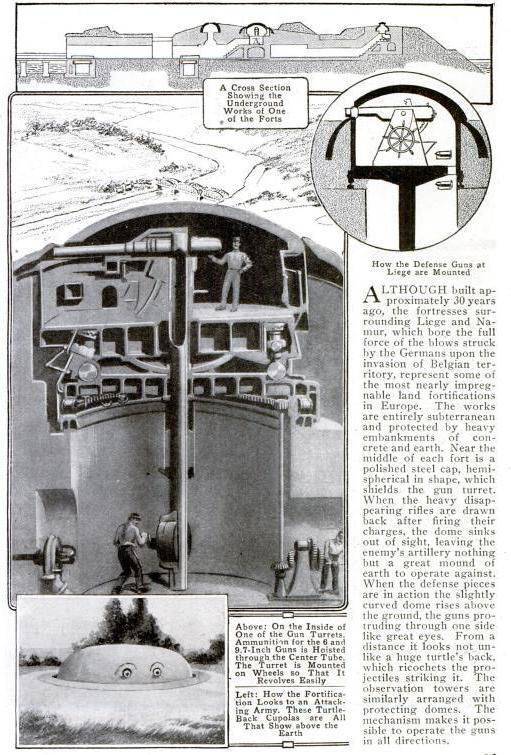
The flaw in such an approach manifested itself in the 1914 year: it turned out that the forts had not been able to defend for quite some time. This was partly due to the underestimation of the capabilities of the German heavy artillery (and most importantly - the ability to transport and deploy its guns in the shortest possible time!), But the forts themselves had serious shortcomings. Reinforced concrete was not used, and the pouring of concrete was carried out in layers, instead of immediately pouring a monolith. Therefore, three-meter thickness of the overlap was not enough. A heavy projectile, breaking through concrete floors, could blow up the entire fort as, however, it happened when only one 420-mm German projectile landed in Fort Longin. Heavy guns were placed in retractable towers, which were susceptible to jamming due to the smallest damage or even just mechanical problems. But the biggest drawback was that the forts did not have a well-thought-out fire support system for each other. Therefore, enemy soldiers could easily pass through the gaps between them.
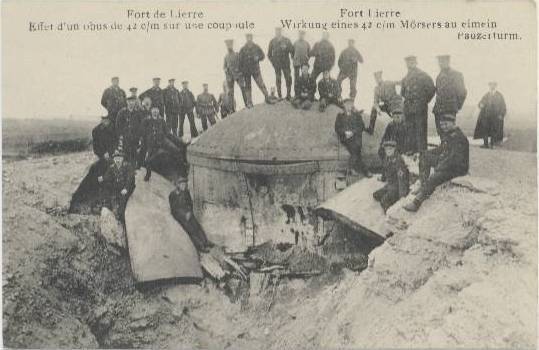
In 1914, the fortress of Namur was taken for four days, while in Liege the German army was able to slip past its forts, take the city and already wait there for their siege weapons. When they arrived, these forts were taken almost as quickly as in Namur.
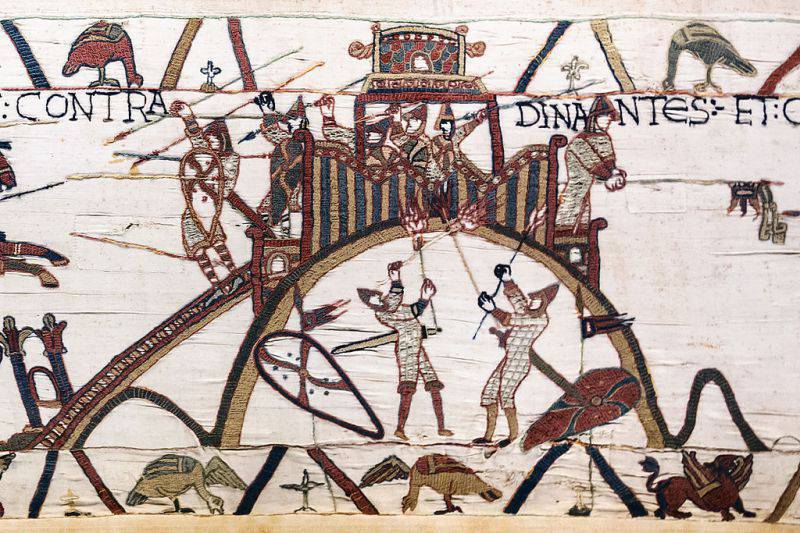
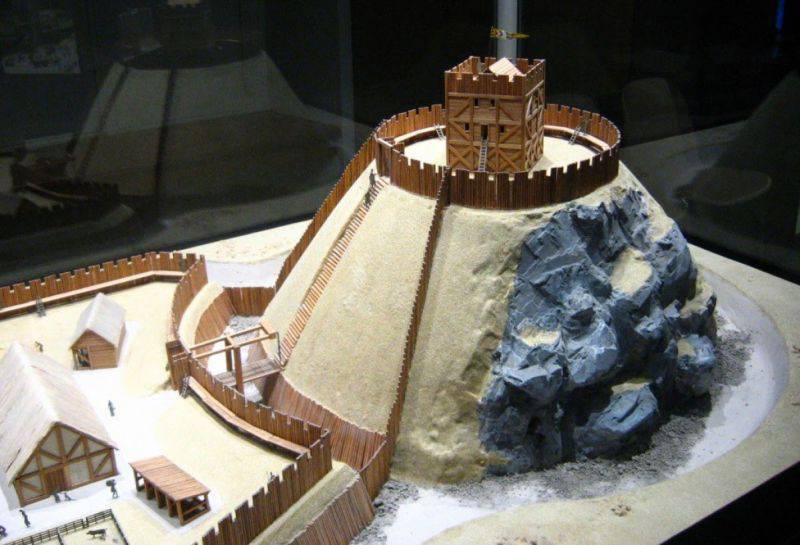
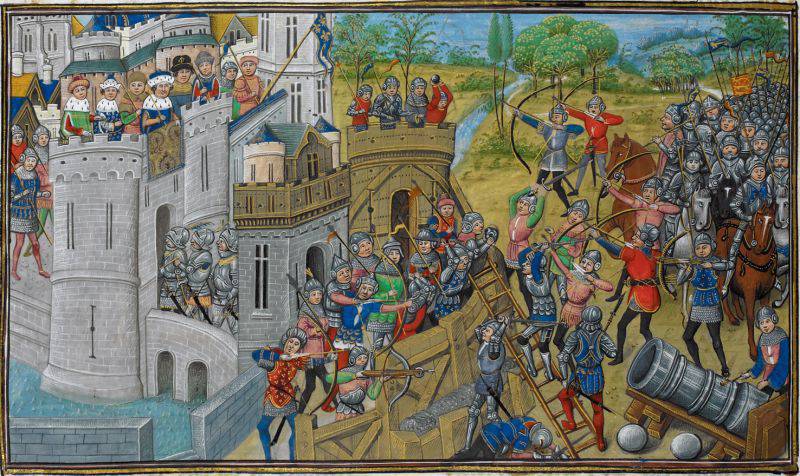
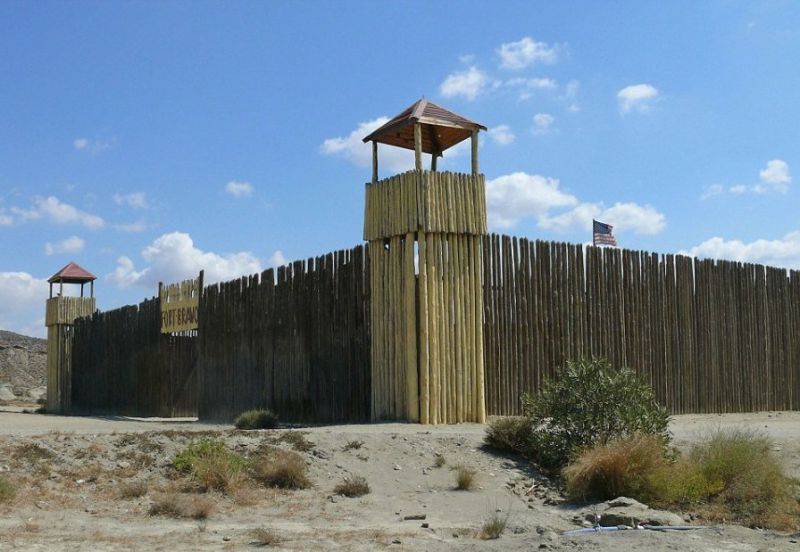
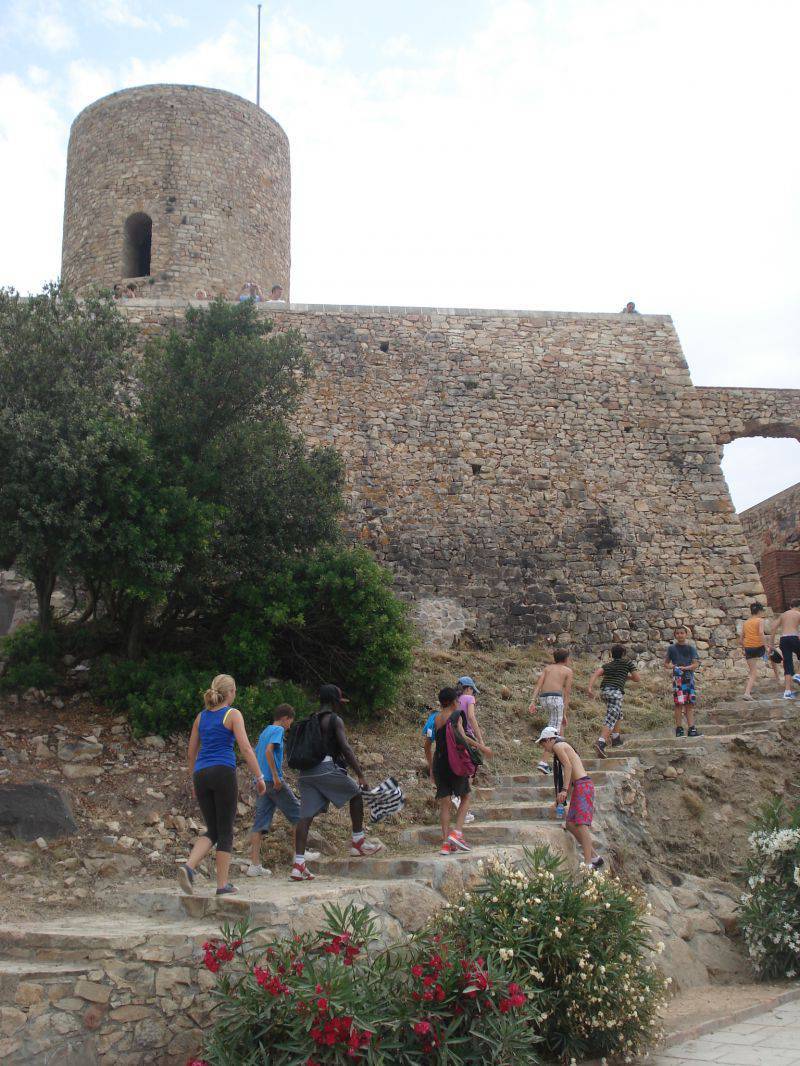
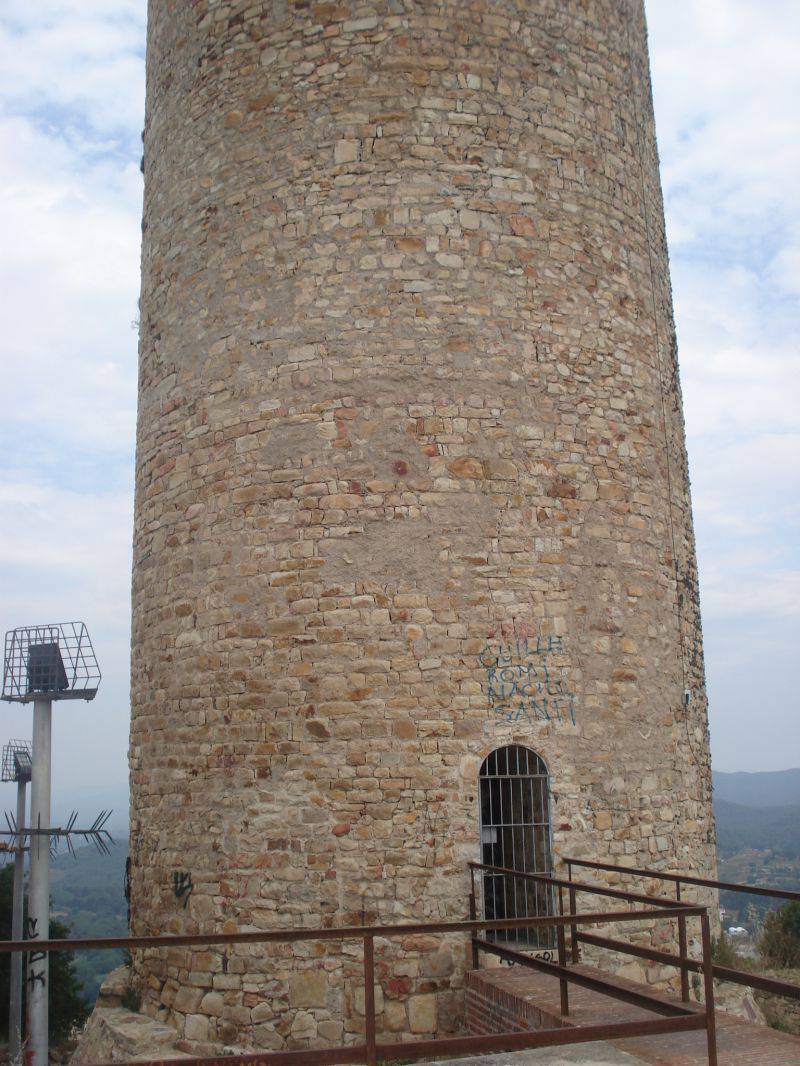
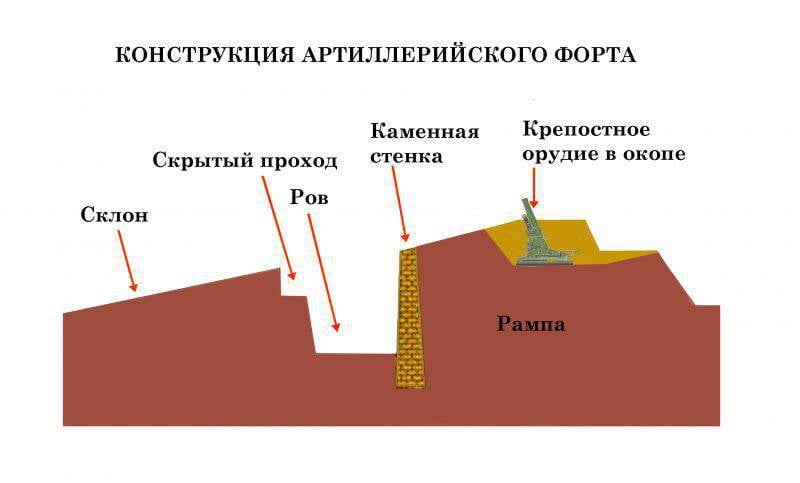
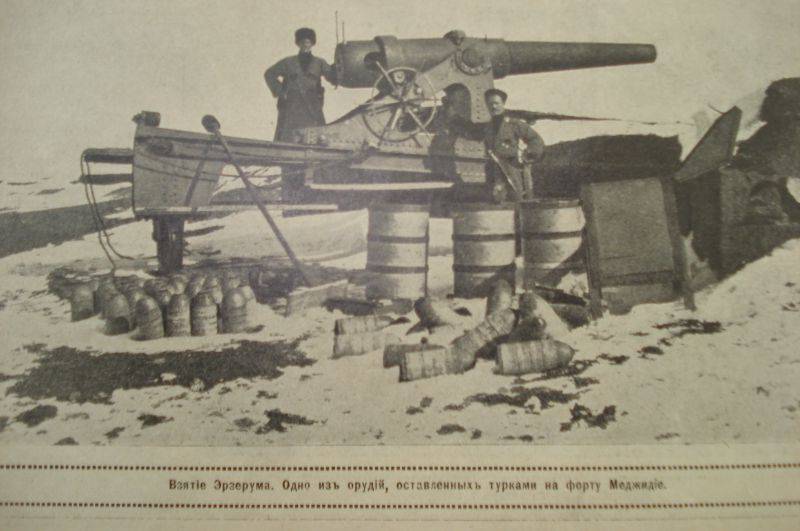
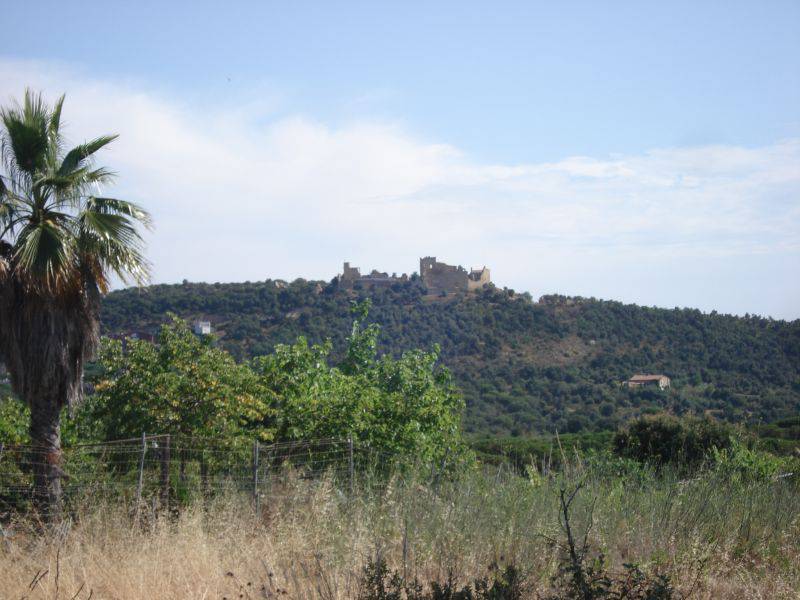
Information